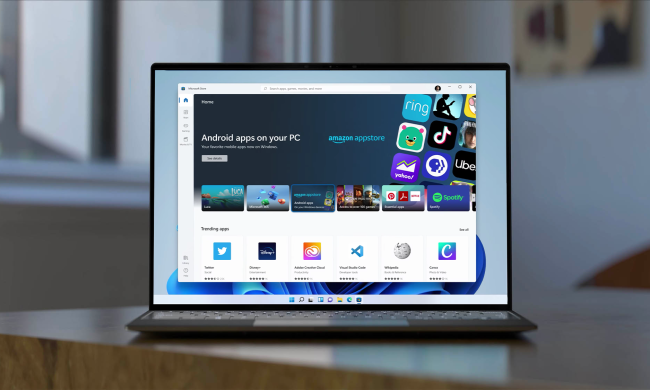
Despite only introducing HDR last year, Netflix now has over 200 hours of HDR content available. This includes hit series like Stranger Things, the documentary Chef’s Table, and the upcoming movie Bright, starring Will Smith.
Of course, to be able to watch in HDR on your PC, you’ll need to make sure it meets the system requirements. To start, you’ll need to be running Windows 10’s Fall Creator’s Update, and of course you’ll need a monitor compatible with the HDR10 standard that Netflix uses.
Then you’ll need to check your hardware: Intel seventh-generation and later Core processors are required, and you’ll either need to use the integrated graphics, or a GPU that supports HDR like the Nvidia GeForce GTX 1050 and up. Unfortunately, at least for the time being, AMD graphics aren’t supported.
You won’t be able to watch in Chrome or Firefox, either. In order to view HDR content on Netflix, you’ll either need to use the Netflix Windows 10 app or Microsoft’s Edge browser. You probably wouldn’t want to be watching in a different browser anyway, since Chrome and Firefox still only display Netflix in 720p.
We’re still in the early days of HDR on PCs, so you’ll need to keep that in mind. While Windows 10 supports
HDR monitors are also still fairly new, and there aren’t many of them available yet. Even those that are currently available have their issues. Of course, as time moves forward, both the hardware and software will get better, and we’re sure we’ll see plenty of impressive new
In the meantime, for more information on what you need to get started watching Netflix in HDR on Windows 10, check the Netflix help center.

